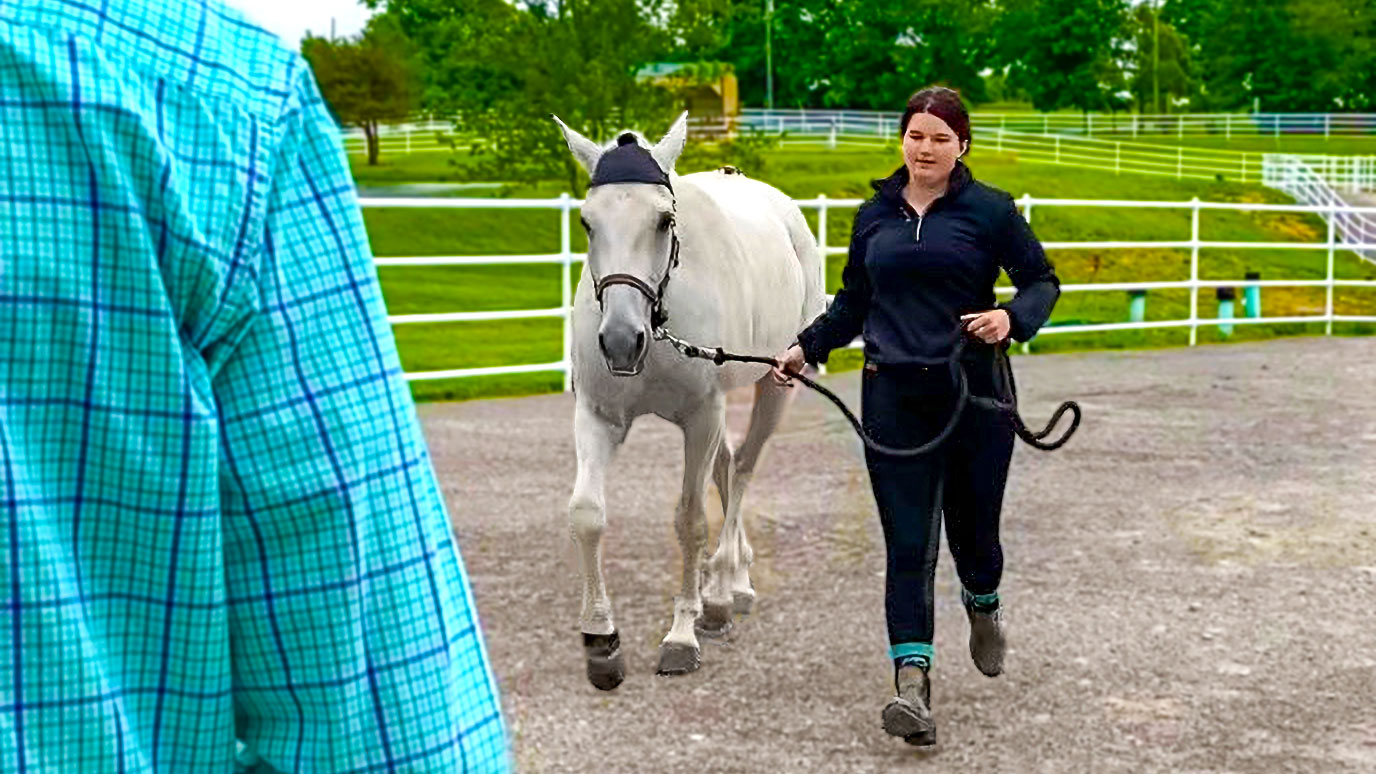In Depth: Principles and Application of Inertial Sensor-Based Measurement in the Equine Lameness Evaluation – Two-day immersion course
Upcoming Events
Helping to elevate the quality of lameness care, health, and well-being of horses worldwide by promoting and offering quality continuing education for equine practitioners.

- This event has passed.
In Depth: Principles and Application of Inertial Sensor-Based Measurement in the Equine Lameness Evaluation – Two-day immersion course
August 3, 2023 to August 4, 2023
$1,000
Course Details
When: Thursday, August 3 to Friday, August 4, 2023
Where: William Woods University, Fulton, MO, USA
- Thursday 8:00am – 5:00pm: Lecture, wet lab, case discussions, and group dinner
- Friday 8:00am – 2:30pm: Lecture, wet lab, and lunch
- Total continuing education hours: 13 hrs – Veterinarians only (RACE no. 20-909681)
Description
This program, consisting of 7 hours of lecture and 6 hours of wet lab evaluating live horses, will provide an in-depth description of the principles of inertial sensor-based measurement of equine lameness as well as the practical application of these principles.
What you’ll learn
- The biomechanical model of lameness measurement using vertical motion of the torso.
- The practical application of using inertial sensors to measure lameness in the straight line, lunge, flexion tests, and diagnostic blocks.
- Use of inertial sensors in the ridden evaluation.
- Use of inertial sensors in the pre-purchase examination.
Course space is limited to ensure a highly interactive and engaging attendee experience.
Speakers
- Kevin G. Keegan, DVM, MS, DACVS
- Paul Schiltz, DVM

